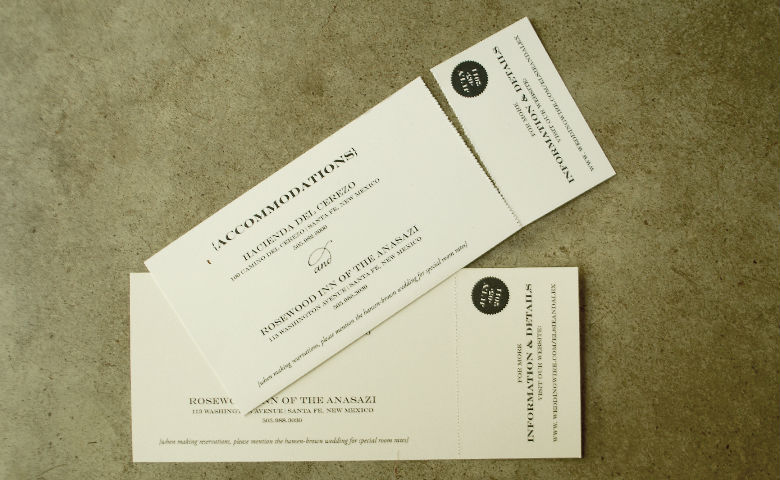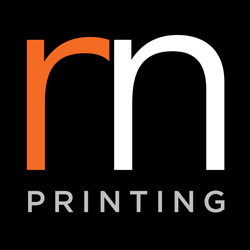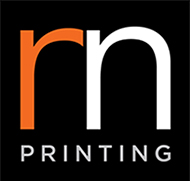One of the
best printing technique that is commonly being used in printing is perforating. This method is important because it allows a person to easily tear off parts of a leaflet, card, flyer, and others. One would think that the process of making perforated printing materials are simple and effortless. However, those who provide printing services have certain rules that they must follow and here they are.
The Rules for Making Perforated Products in Printing
1. Paper Weight
Perforations are useful, but it has its own limitations and restrictions as well. The weight of the paper is therefore very important because of this. It is impossible for perforations to be done on papers that weigh 80gsm and is only recommended for ones that weigh 135gsm and above.
2. Artwork Perforation Line
To properly mark the perforation line on the artwork, the general rule is to either add a template to the artwork which will represent the position of the line and be named accordingly, or the artwork could already have dotted lines on the area where the line is needed.
3. Perforation Line Insertion
There are multiple approaches so you would be able to successfully insert the perforation lines on the printing product. One way is to add up to 6 lateral lines that are 10mm apart.
4. Folded Printing Products
Folded, or foldable, printing products have unique circumstances. Since they’re meant to be folded, you would have to double check the perforation lines and make sure that they run parallel to the fold.
5. One and Two Sided Print
The perforation lines for this type of printing product can stop halfway and not run from one end of the product to the other. Keep note that you can only add a single orthogonal, right-angled, perforation line.
6. Perforation Lines for Flyers
The first rule applies best for flyers, due to their characters. Here, perforation lines run parallel to each other and you can have a maximum of 6 lines. The one with weights of at least 135gsm are guaranteed to have the best results and minimum distance is 10mm apart.
7. Perforation Lines for Leaflets
Leaflets have basically the same set of rules when it comes to adding the perforation lines, but it has a couple of unique ones too. The lines must still run parallel but now, they must also run parallel to the crease. It only has a maximum of 3 perforation lines and the minimum distance, for each line, has to be 60mm.
8. Perforation Lines for Brochures
Only one perforation line could be inserted in each of the four-sided brochure. The line needs to run parallel to the brochure’s spine and not run into it.
It’s true that the “easy to tear” functionality of perforated printing products grants its recipients the option to keep the crucial information quickly, with as less hassle as possible. However, it is important to keep the rules in mind to avoid any mishaps and costly misprints, allowing you to save valuable resources.
At RN Printing, we understand that everything we do for you showcases your brand with Complete Printing Solutions. Seeking always to give you a favorable outcome for your marketing campaign! Our high values is a priority to us, ensuring we reach excellence, maintaining quality and super service. Our specialty partners allows us to provide the best value and prices across national leading suppliers and specialist printers. Thus saving you considerable time by coordinating multiple requirements across all forms of print. From business cards to event signage, promotional items, Annual report, light boxes, stickers and much much more…



 1300 483 455
1300 483 455 0418 260 940
0418 260 940 132 Marsden St, Parramatta
132 Marsden St, Parramatta




